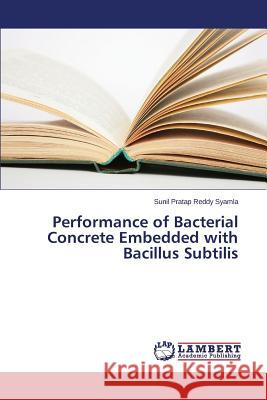Performance of Bacterial Concrete Embedded with Bacillus Subtilis » książka
Performance of Bacterial Concrete Embedded with Bacillus Subtilis
ISBN-13: 9783659811500 / Angielski / Miękka / 2015 / 252 str.
Concrete is the most widely used construction material. Despite its versatility in construction, it has several limitations. It is weak in tension, has limited ductility and little resistance to cracking. Based on the continuous research carried out around the globe, various modifications have been made from time to time to overcome the deficiencies of cement concrete. The ongoing research in the field of concrete technology has lead to the development of special concrete considering the speed of construction, the strength of concrete, the durability of concrete and the environmental friendliness with industrial material like fly ash, blast furnace slag, silica fume, metakaolin etc. Recently, it is found that microbial mineral precipitation resulting from metabolic activities of favorable microorganisms in concrete improved the overall behavior of concrete.
Concrete is the most widely used construction material. Despite its versatility in construction, it has several limitations. It is weak in tension, has limited ductility and little resistance to cracking. Based on the continuous research carried out around the globe, various modifications have been made from time to time to overcome the deficiencies of cement concrete. The ongoing research in the field of concrete technology has lead to the development of special concrete considering the speed of construction, the strength of concrete, the durability of concrete and the environmental friendliness with industrial material like fly ash, blast furnace slag, silica fume, metakaolin etc. Recently, it is found that microbial mineral precipitation resulting from metabolic activities of favorable microorganisms in concrete improved the overall behavior of concrete.











